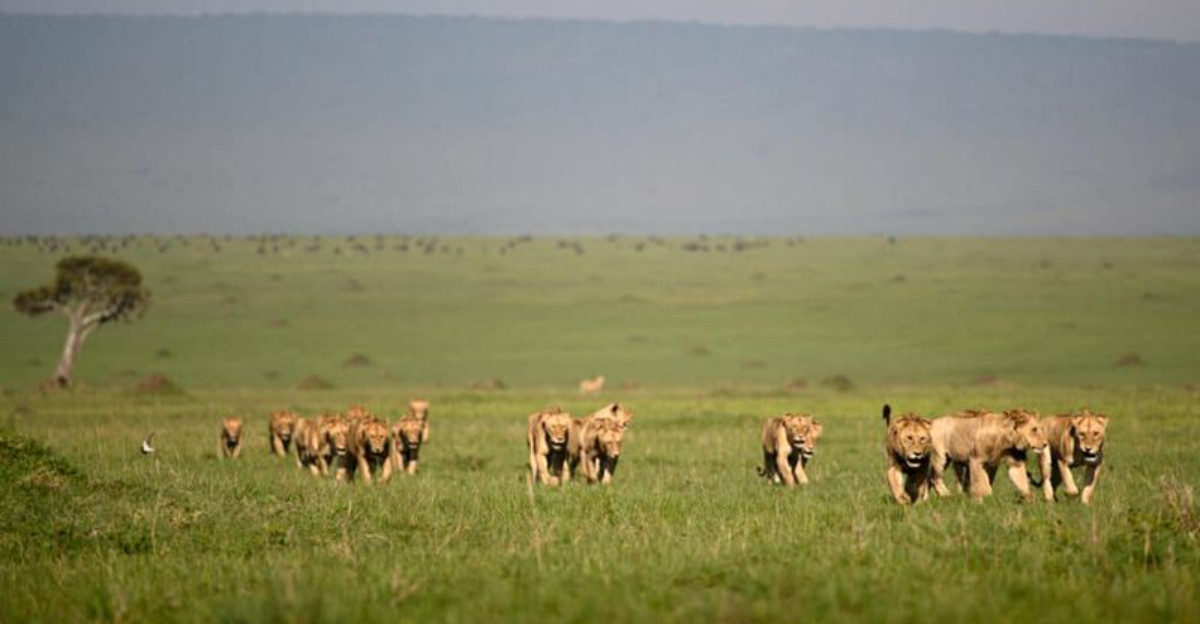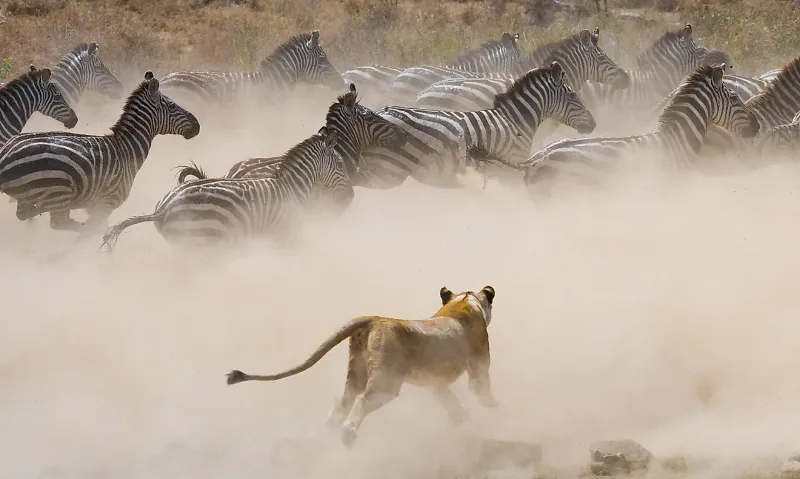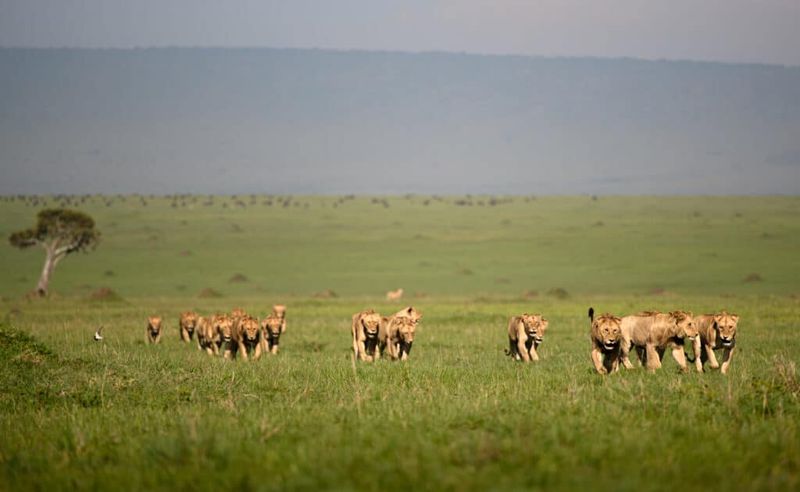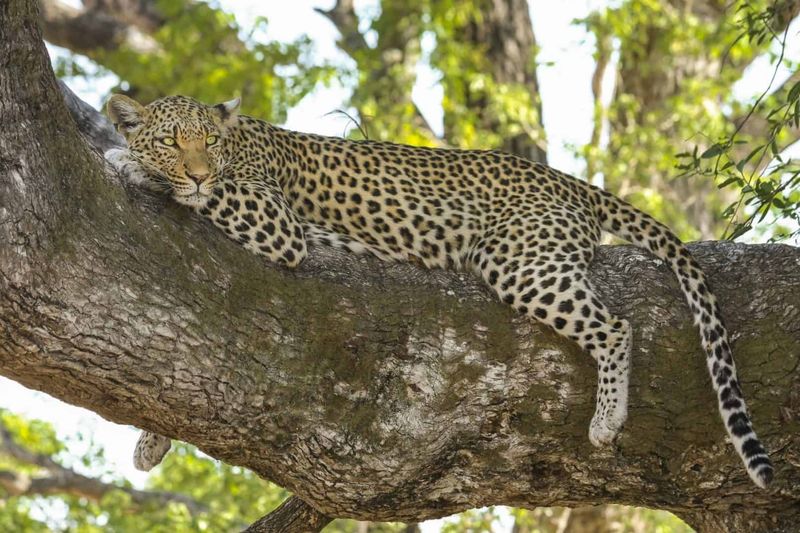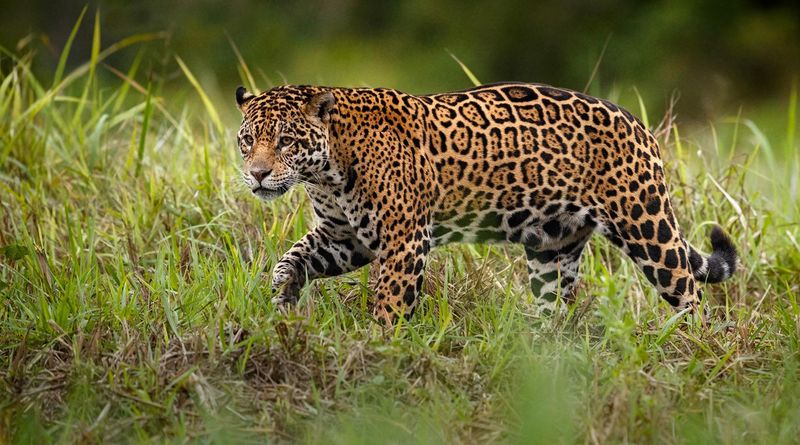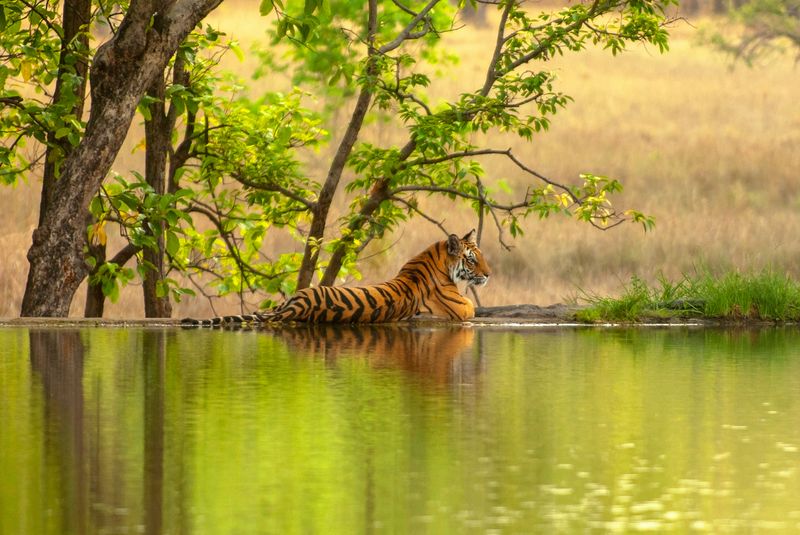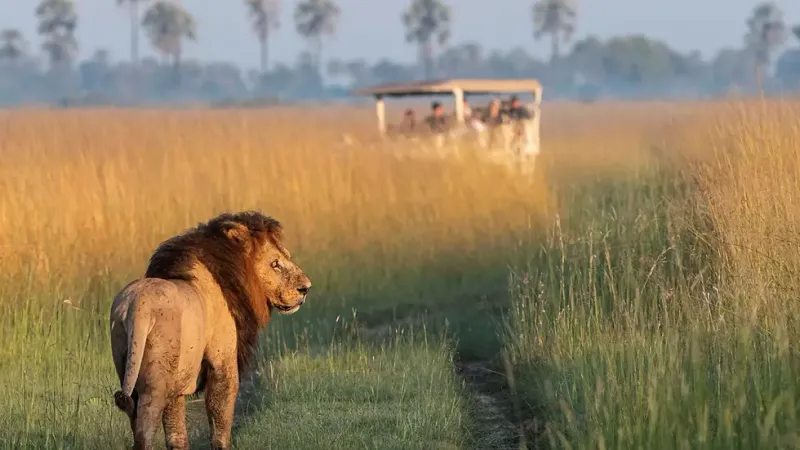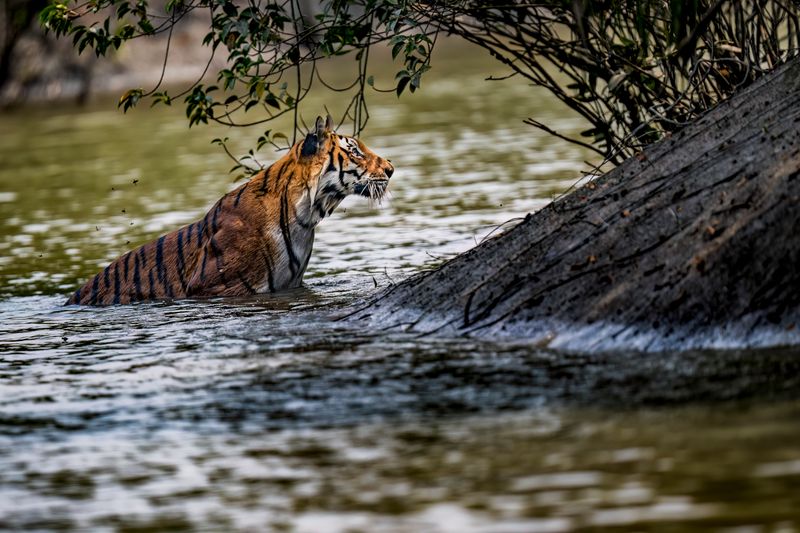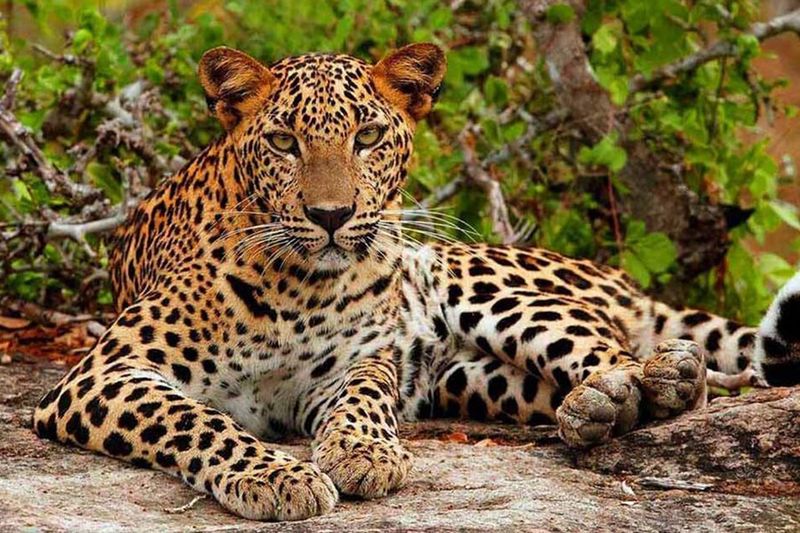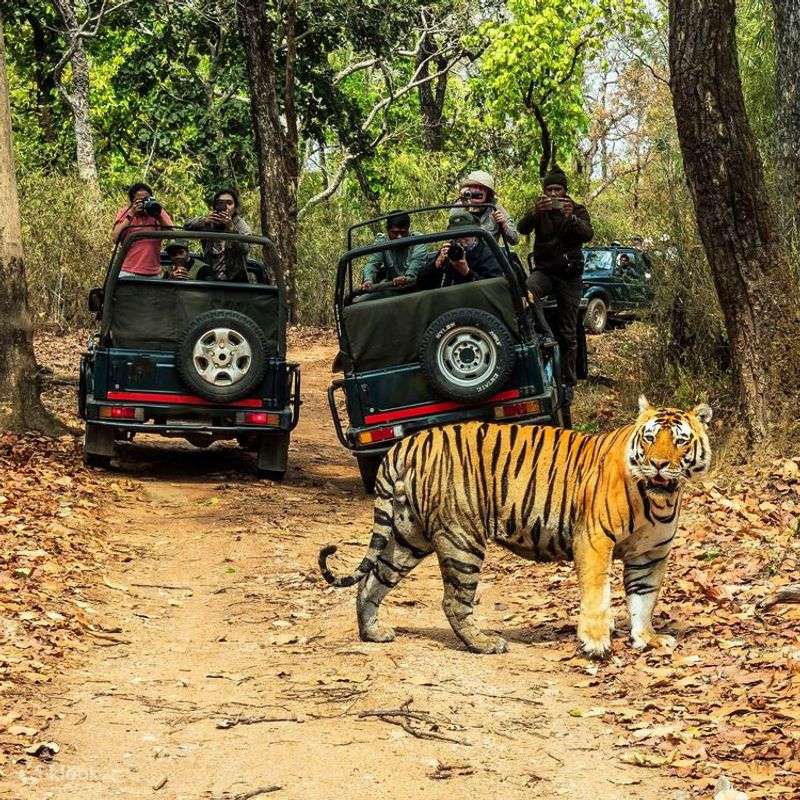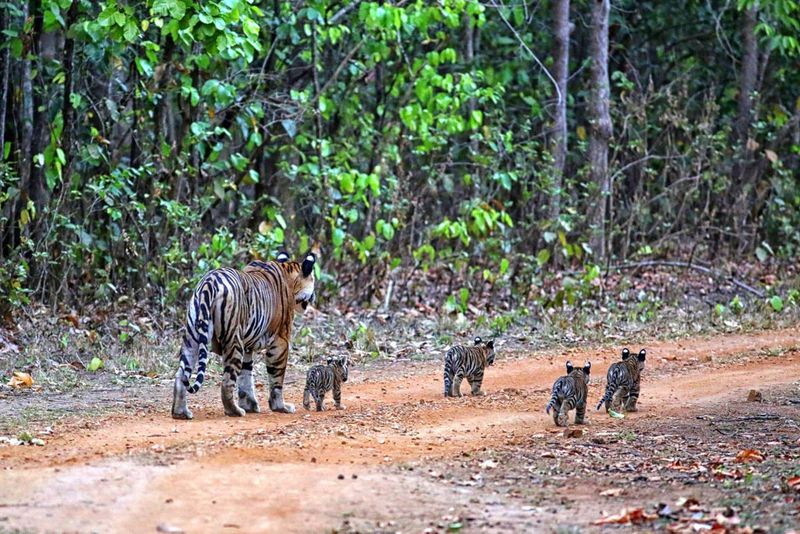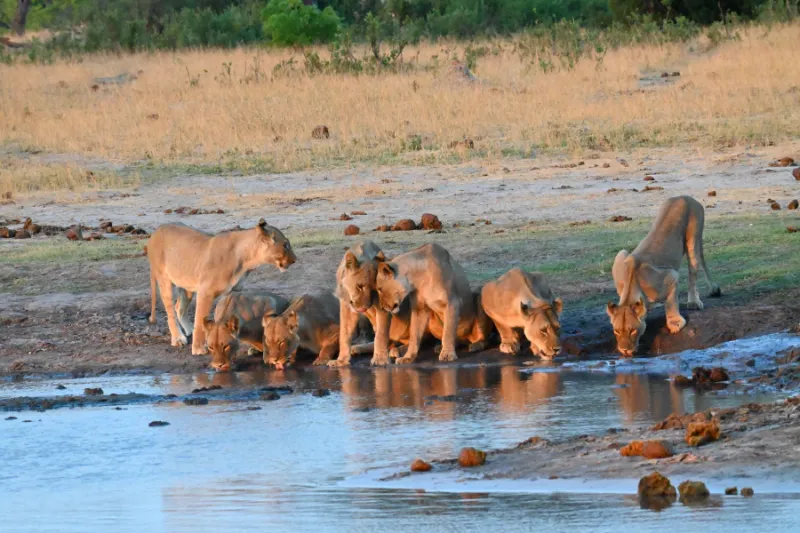📖 Table of Content:
- 1. Serengeti National Park, Tanzania
- 2. Masai Mara National Reserve, Kenya
- 3. Kruger National Park, South Africa
- 4. Pantanal, Brazil
- 5. Ranthambore National Park, India
- 6. Okavango Delta, Botswana
- 7. Sundarbans National Park, India/Bangladesh
- 8. Yala National Park, Sri Lanka
- 9. Chitwan National Park, Nepal
- 10. Kanha National Park, India
- 11. Hwange National Park, Zimbabwe
Ever dreamed of seeing big cats in the wild, moving across vast landscapes as nature intended? This blog takes you on a journey through 11 of the most breathtaking and biologically significant big cat migration routes around the world. Each route offers a rare glimpse into the natural rhythms of some of the planet’s most powerful predators.
Whether you’re a wildlife enthusiast, adventure traveler, or conservation-minded explorer, these routes are more than travel destinations—they’re living ecosystems where big cats hunt, breed, and survive. You’ll learn when to visit, what to expect, and how to witness these majestic animals respectfully and responsibly, while supporting the conservation efforts that keep their ancient paths alive.
1. Serengeti National Park, Tanzania
Renowned for the Great Migration, hosts a large population of lions, leopards, and cheetahs. This extraordinary event, involving the movement of thousands of wildebeests and zebras, draws numerous predators. Visitors can witness thrilling wildlife interactions as big cats follow the herds across the plains. The park’s breathtaking landscapes and diverse ecosystems enhance the viewing experience, making it a paradise for wildlife enthusiasts. Whether it’s a majestic lion pride or a stealthy leopard, the Serengeti offers unforgettable encounters. Scenic balloon rides provide panoramic views of this natural spectacle.
2. Masai Mara National Reserve, Kenya
Adjacent to the Serengeti, the Masai Mara is famous for its large lion prides and remarkable cheetah sightings. Especially during the Great Migration, the reserve becomes a theatre of nature’s drama. Visitors can observe the synchronized movement of wildebeests and zebras, pursued by hungry predators. This spectacle provides unparalleled wildlife photography opportunities. The Mara River crossings, where crocodiles await, add to the thrill. With its iconic savannah landscapes and rich cultural heritage, the Masai Mara promises an immersive experience.
3. Kruger National Park, South Africa
Kruger National Park, a sanctuary for big cats, offers a unique blend of adventure and serenity. The park’s extensive road network ensures easy access to prime safari spots, allowing for close encounters with lions, leopards, and cheetahs. Its diverse landscapes range from savannahs to dense forests, providing varied habitats for wildlife. Night safaris reveal the nocturnal lives of these elusive predators. Experiencing Kruger’s sunrise over a kopje, with the distant roar of a lion, is truly captivating. The park’s commitment to conservation further enriches the visit.
4. Pantanal, Brazil
The world’s largest tropical wetland, is a jaguar haven. Boat tours through the network of rivers reveal these magnificent cats in their element. The Pantanal’s vibrant ecosystems support a wide array of fauna, making it a biodiversity hotspot. Seeing a jaguar emerge from the underbrush is both thrilling and humbling. The wetland’s open landscapes facilitate sightings, unlike dense rainforests. With its rich birdlife and unique flora, the Pantanal is more than just a jaguar destination; it’s a celebration of nature’s wonders.
5. Ranthambore National Park, India
Ranthambore, nestled in Rajasthan, is synonymous with the majestic Bengal tiger. The park’s mosaic of landscapes, from grassy meadows to rugged cliffs, provides a picturesque setting for tiger sightings. The ancient ruins of forts and temples dotting the park add a historical charm, enhancing the safari experience. Visitors often find tigers lounging near waterholes or patrolling their territories. Beyond tigers, Ranthambore hosts diverse wildlife, including leopards and sloth bears. The park’s vibrant culture and dedicated conservation efforts make it a must-visit destination.
6. Okavango Delta, Botswana
In Botswana’s Okavango Delta, the interplay of water and wilderness creates a unique safari experience. This seasonal floodplain attracts a plethora of wildlife, including lions, leopards, and cheetahs. Mokoro rides offer intimate views of big cats navigating the labyrinth of channels. The delta’s dynamic landscapes, from lagoons to grasslands, support a rich biodiversity. Observing a lioness stalking through the reeds or a leopard resting in a tree epitomizes the thrill of safari. The Okavango, a UNESCO World Heritage site, is a testament to nature’s creativity.
7. Sundarbans National Park, India/Bangladesh
The Sundarbans, straddling India and Bangladesh, is a realm of mystery and majesty. Known for its swimming Bengal tigers, this UNESCO World Heritage site encompasses the largest mangrove forest on earth. Navigating its intricate waterways, visitors may catch glimpses of these elusive predators. The Sundarbans’ unique ecosystem, where land and water intertwine, supports a diverse array of wildlife. Beyond tigers, the park shelters crocodiles, wild boars, and an array of bird species. Exploring this mystical landscape offers an unparalleled adventure.
8. Yala National Park, Sri Lanka
Yala National Park, Sri Lanka’s leopard paradise, boasts one of the world’s highest leopard densities. The park’s mix of ecosystems, from arid scrubland to monsoon forests, provides ideal leopard habitats. Visitors often spot these elegant cats lounging on rocks or stealthily moving through the bush. Yala’s scenic landscapes, punctuated by ancient temples, enhance the safari experience. Besides leopards, the park is home to elephants, sloth bears, and colorful birdlife. The blend of wildlife and culture makes Yala a captivating destination for nature lovers.
9. Chitwan National Park, Nepal
Nestled in the Terai region, Chitwan National Park offers a glimpse into Nepal’s rich biodiversity. The park is renowned for its Bengal tigers, which roam the dense sal forests and grasslands. Jeep safaris and canoe rides provide varied perspectives for wildlife observation. The park’s lush landscapes, with the Himalayas as a backdrop, create a stunning setting. Chitwan’s conservation success story and cultural richness further enhance its appeal. Spotting a tiger in this enchanting terrain is a truly rewarding experience.
10. Kanha National Park, India
Kanha, the inspiration for Rudyard Kipling’s ‘The Jungle Book,’ is a tiger enthusiast’s dream. The park’s dense sal and bamboo forests offer perfect cover for these majestic predators. Kanha’s well-managed safari experiences increase the chances of tiger sightings while supporting conservation efforts. Beyond tigers, the park harbors diverse wildlife, including barasingha deer and leopards. Its pristine landscapes and commitment to preservation make Kanha a jewel of India’s natural heritage.
11. Hwange National Park, Zimbabwe
Hwange National Park is a sanctuary for Zimbabwe’s lions. The park’s vast savannahs and woodlands create ideal habitats for big cats and other wildlife. Watching a lion pride lazing in the sun or observing elephants at a waterhole encapsulates the essence of African safari. With over 100 species of mammals, Hwange’s diversity is remarkable. Its remote beauty and wilderness appeal to those seeking an authentic wildlife experience. The park’s proactive conservation initiatives ensure its ecological integrity.
